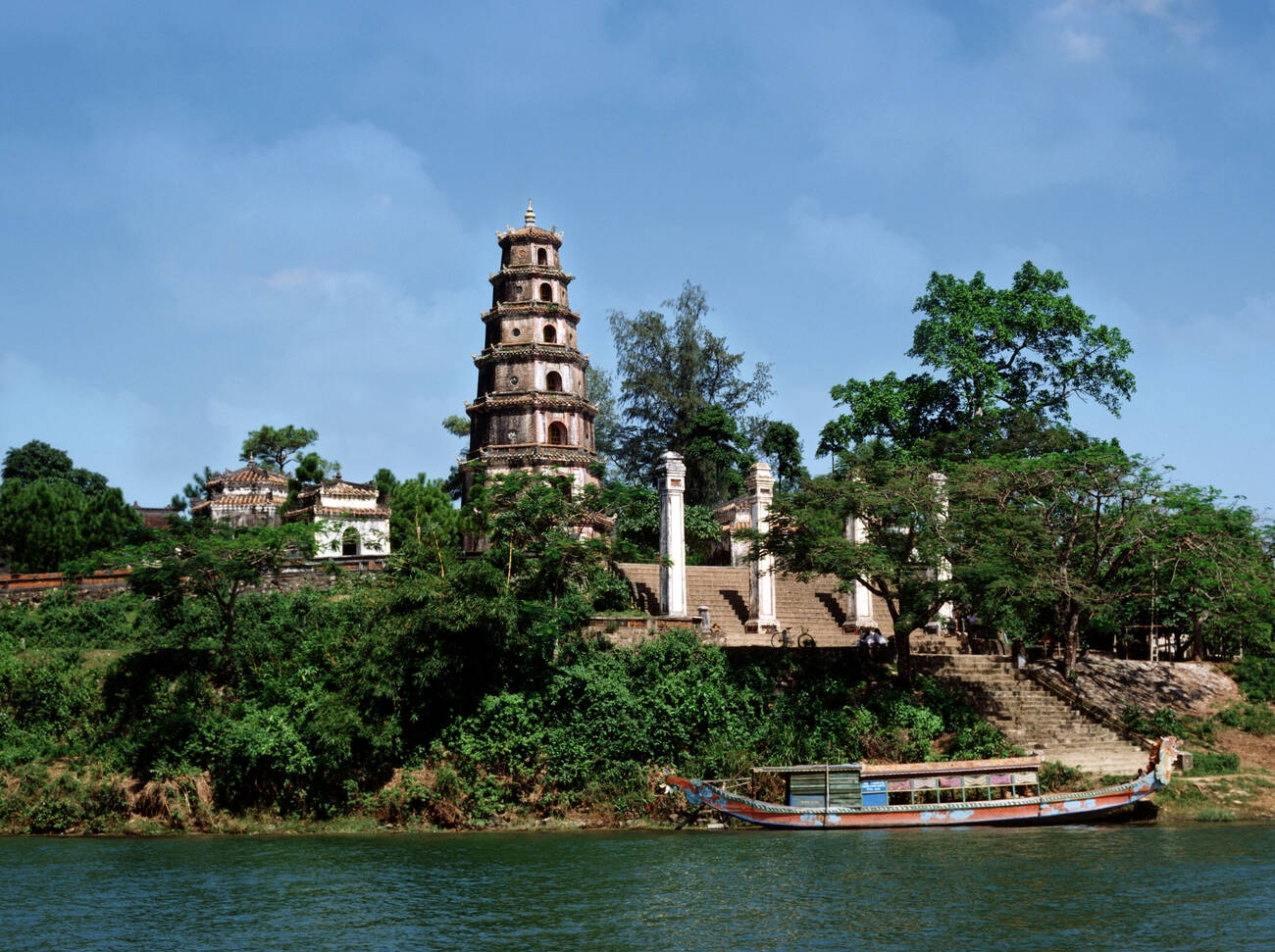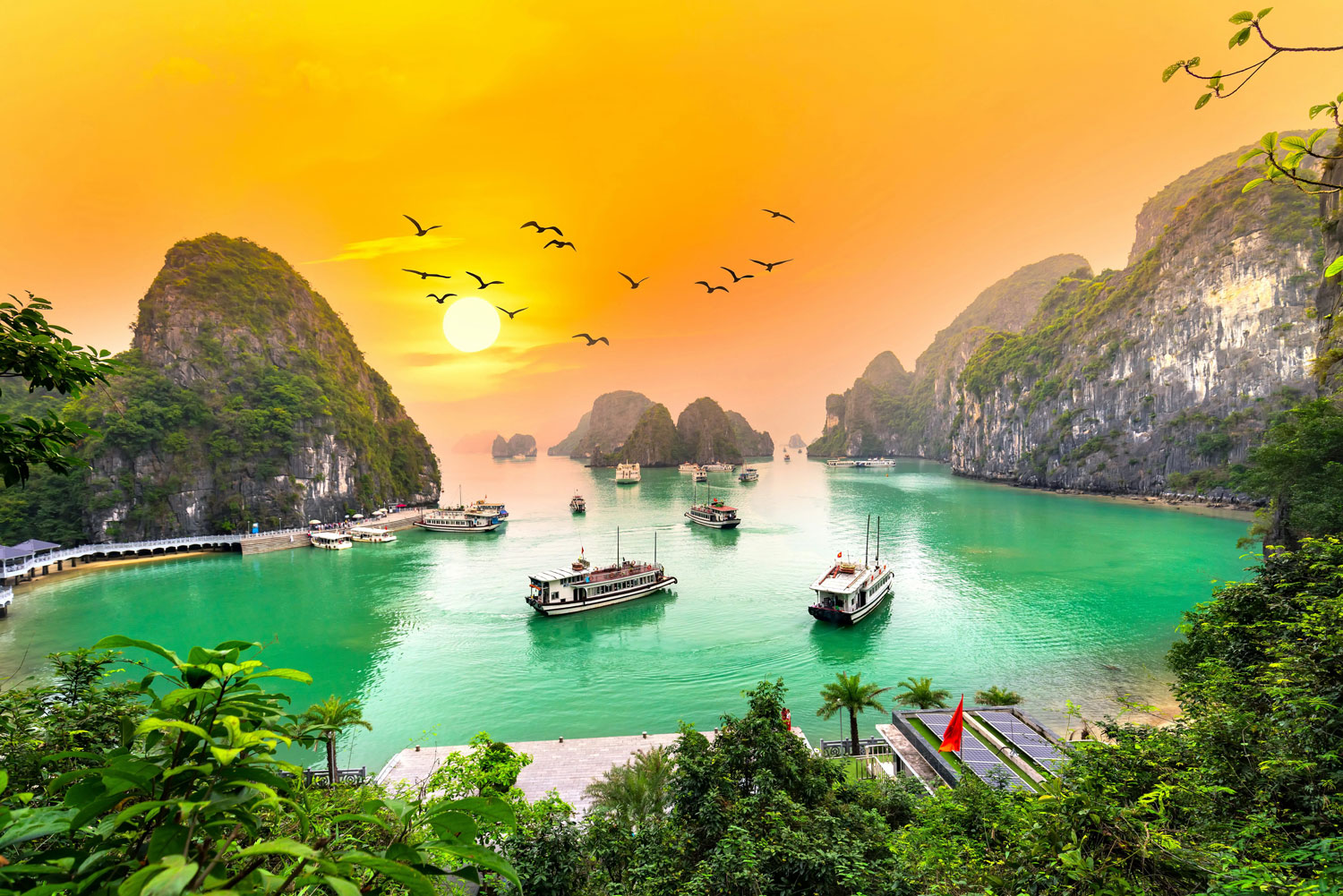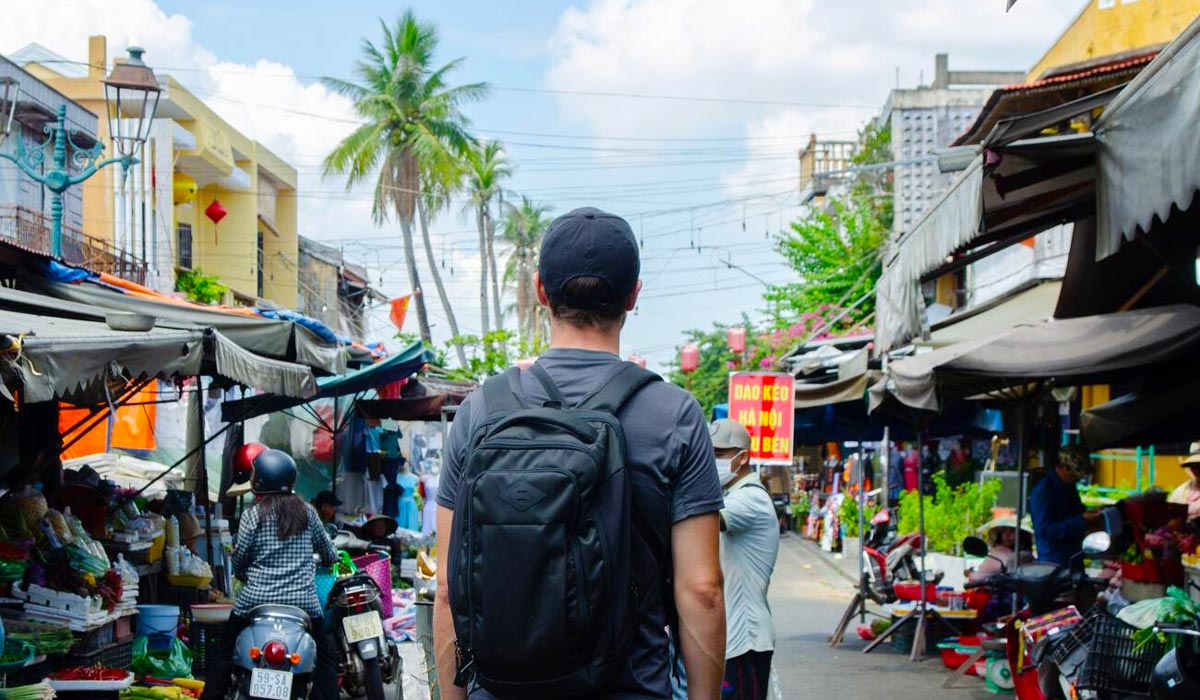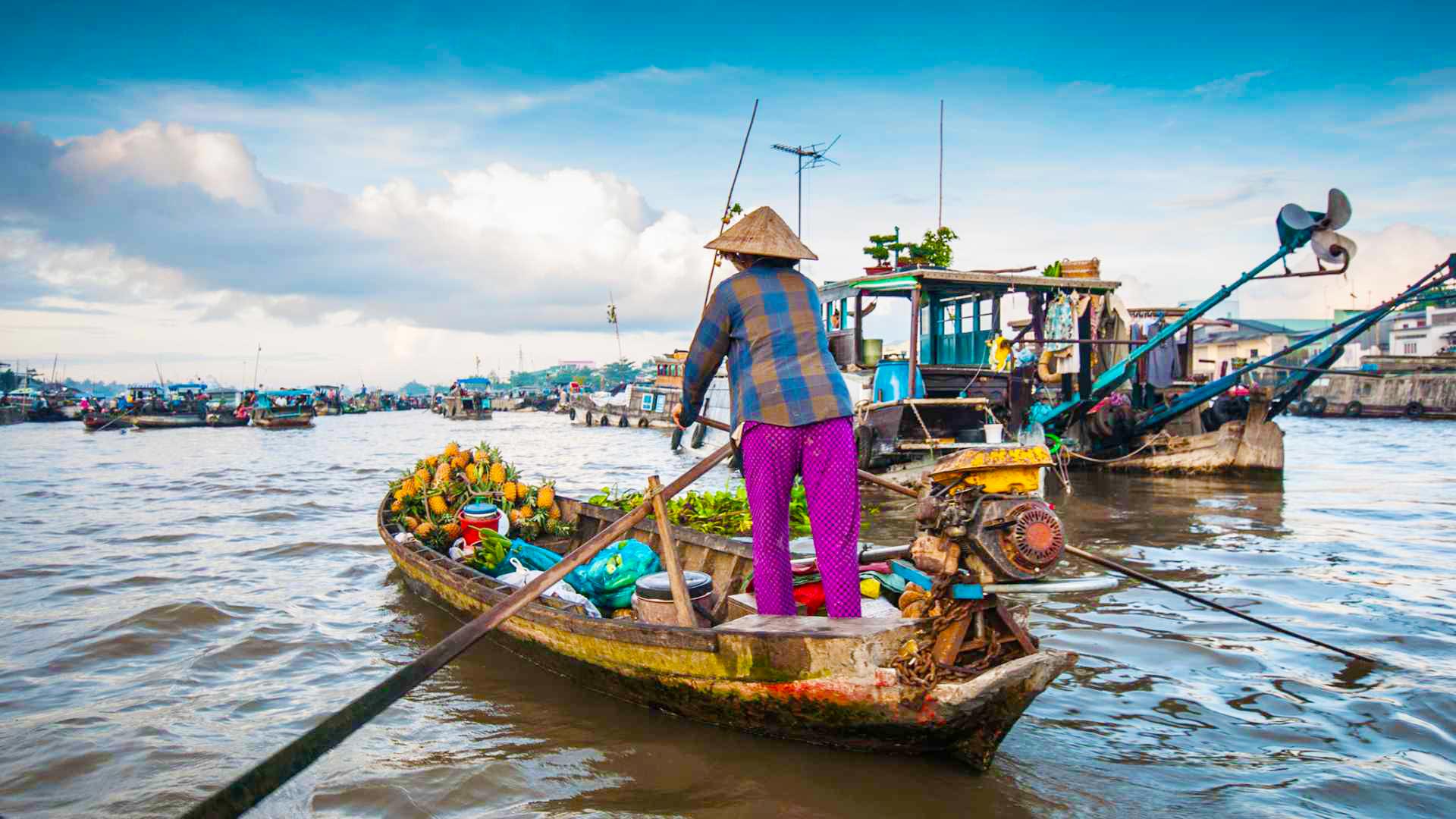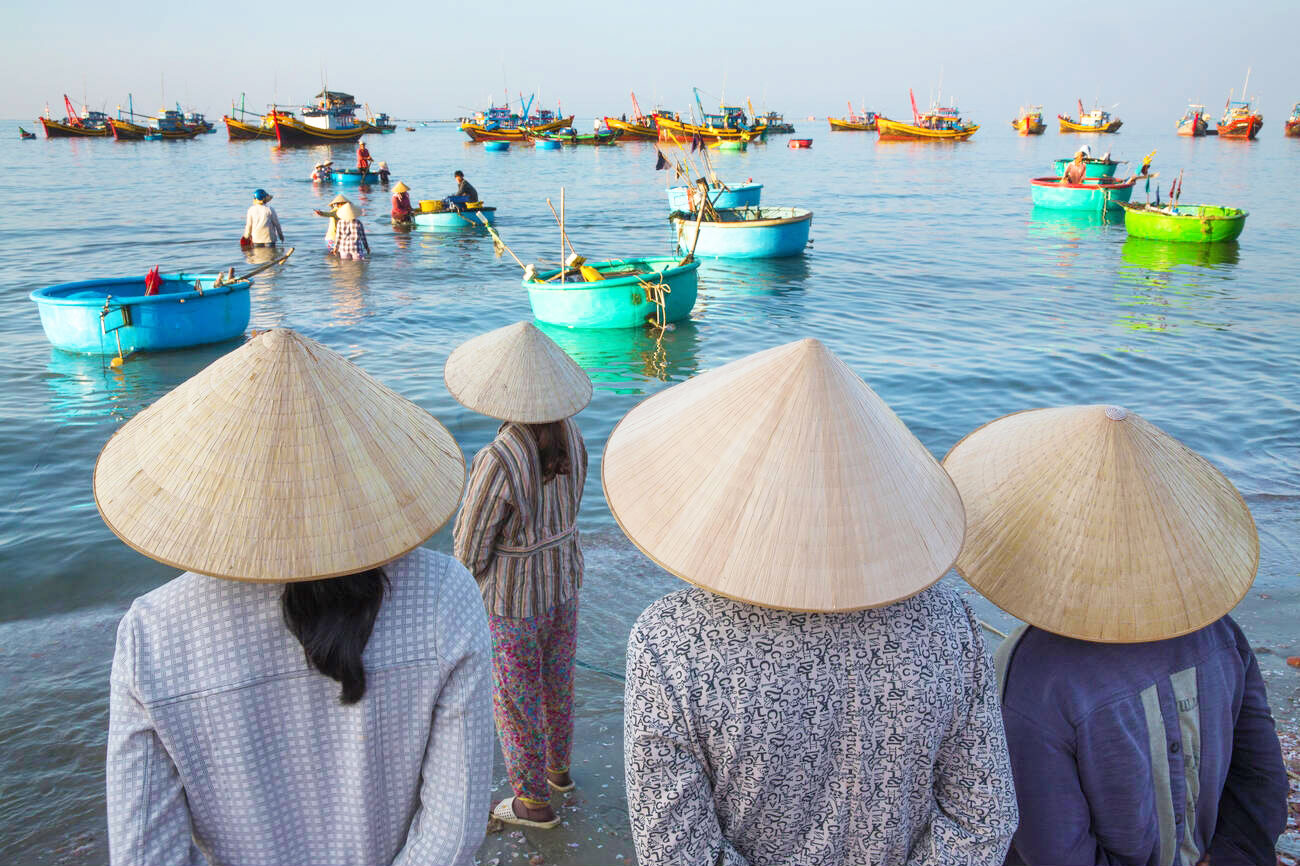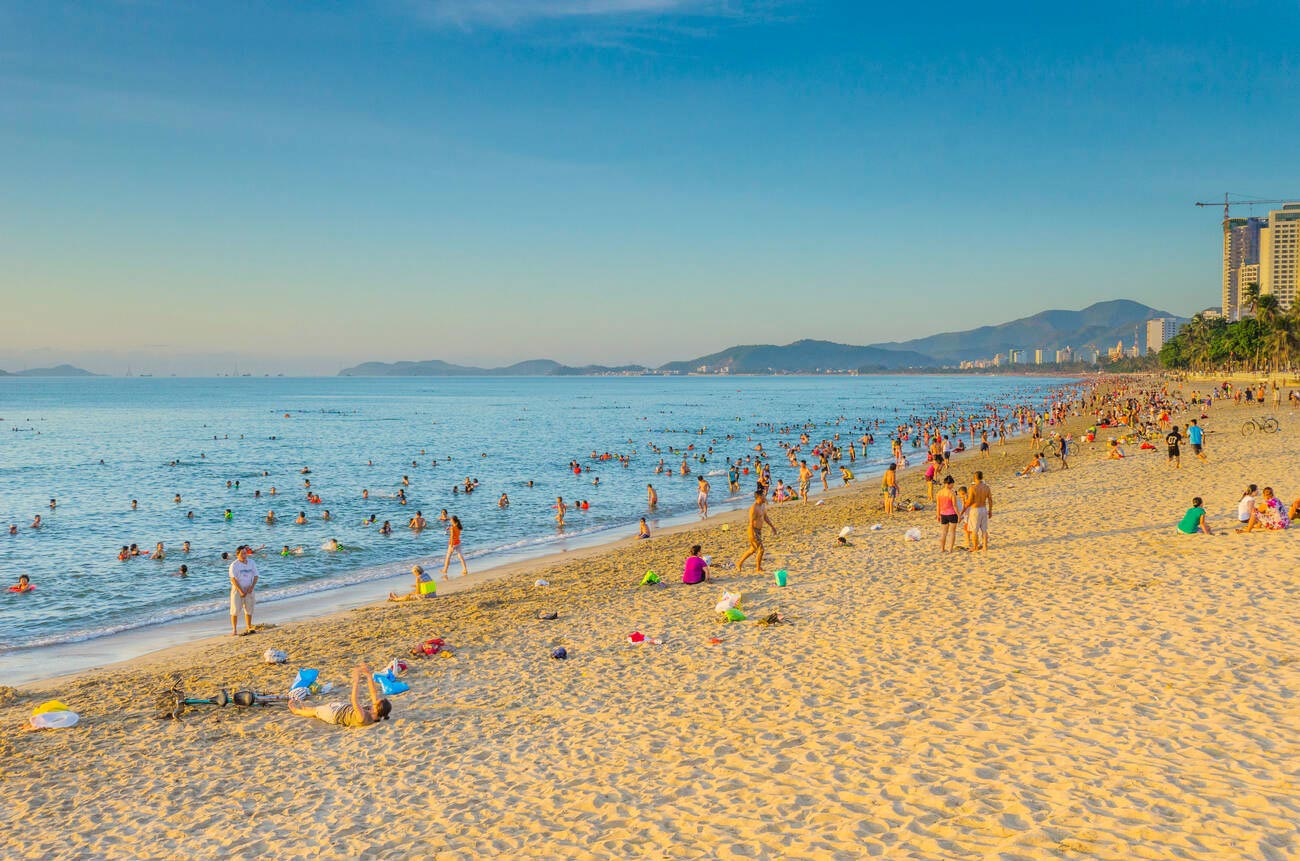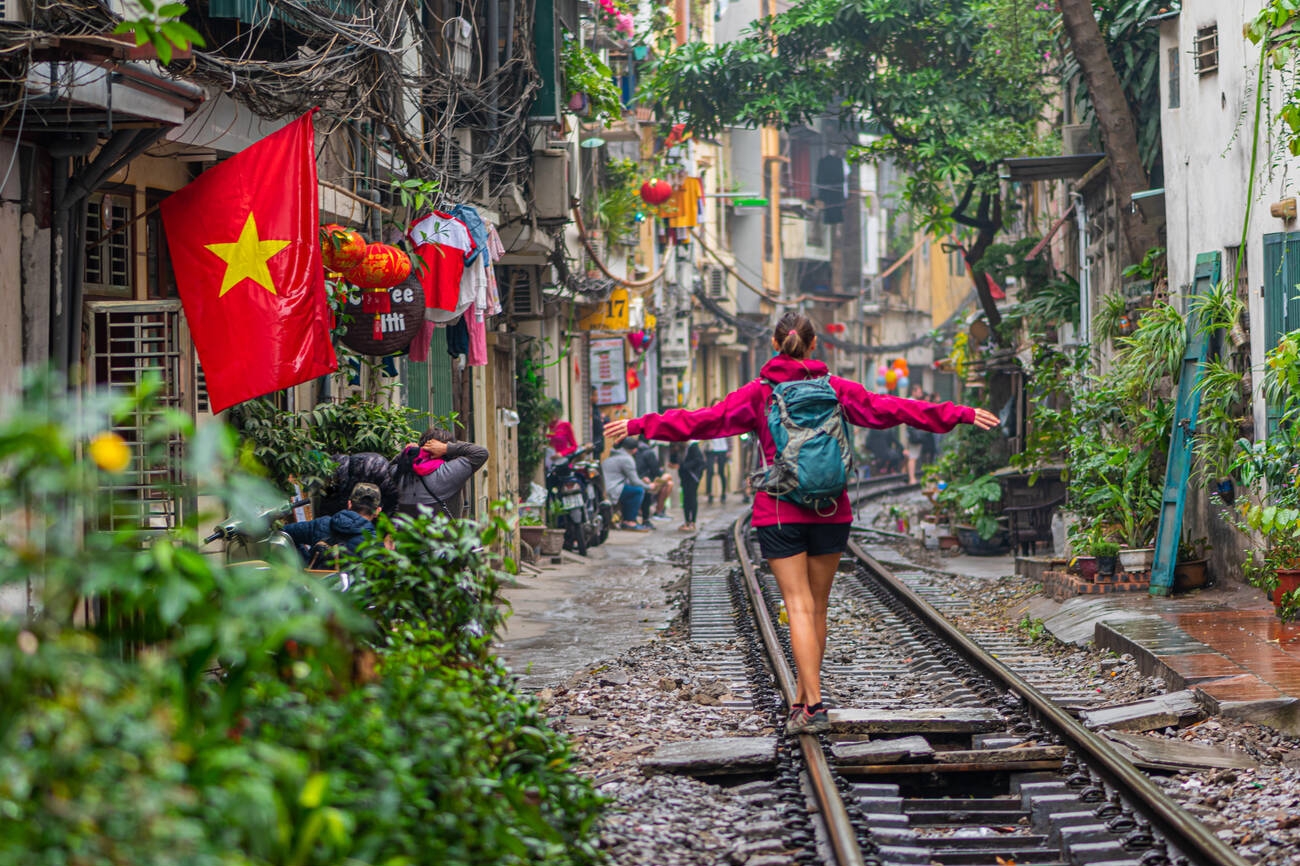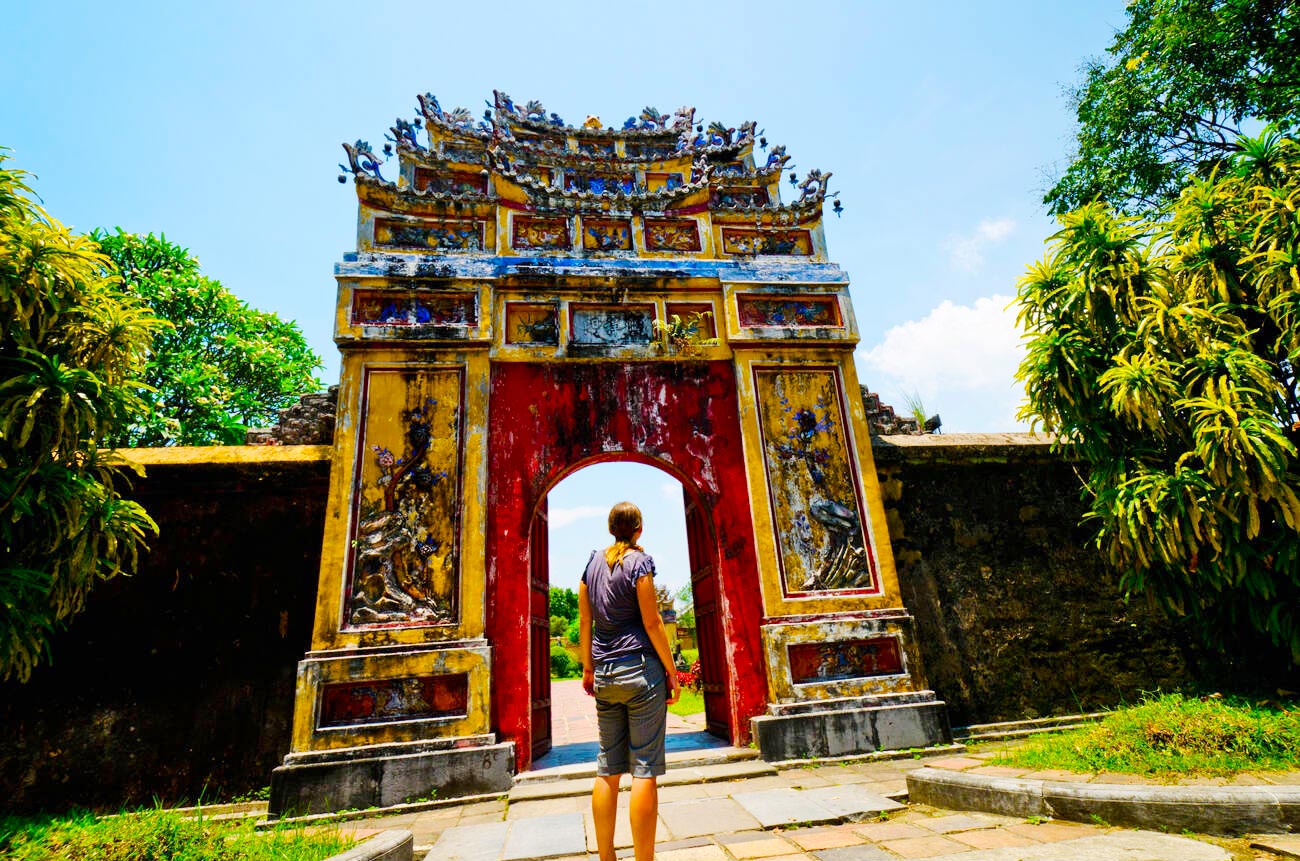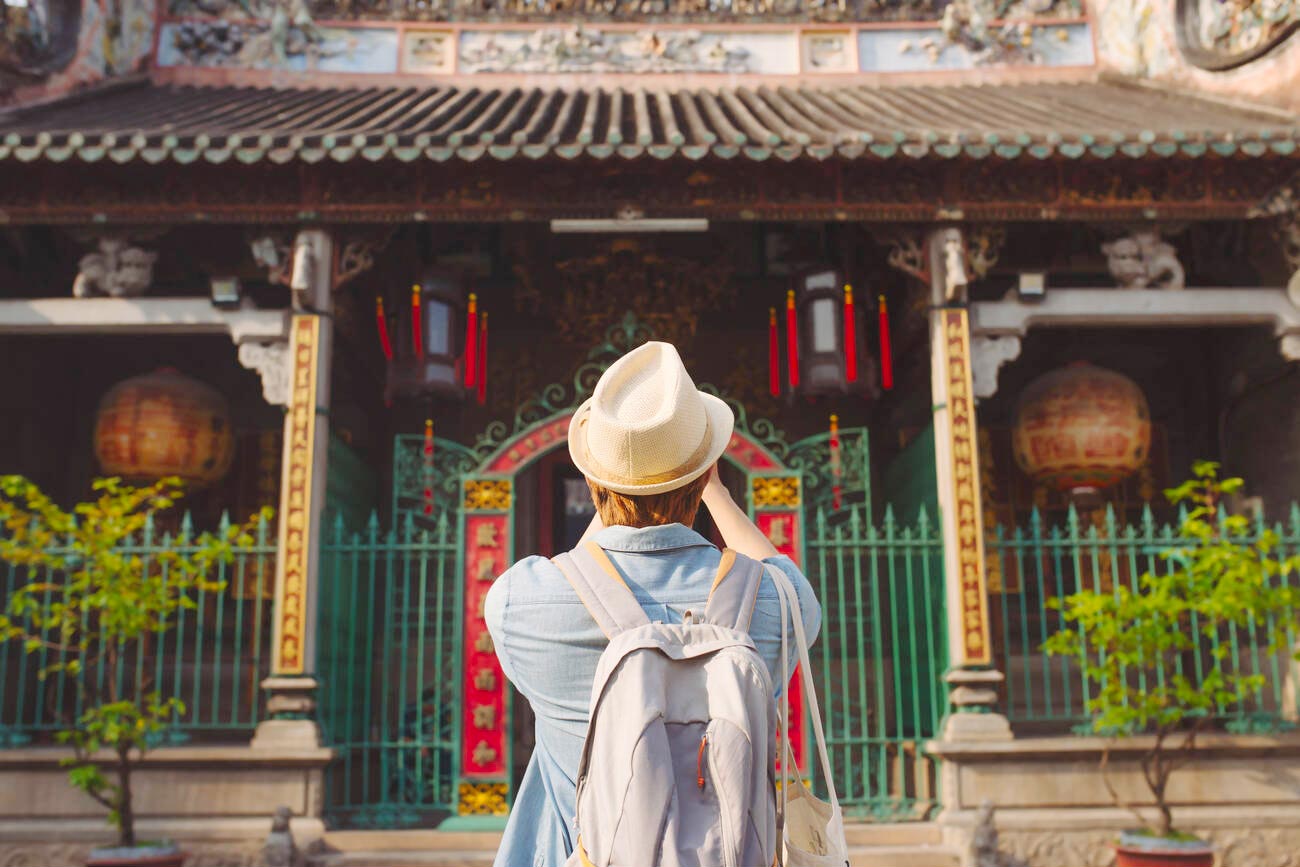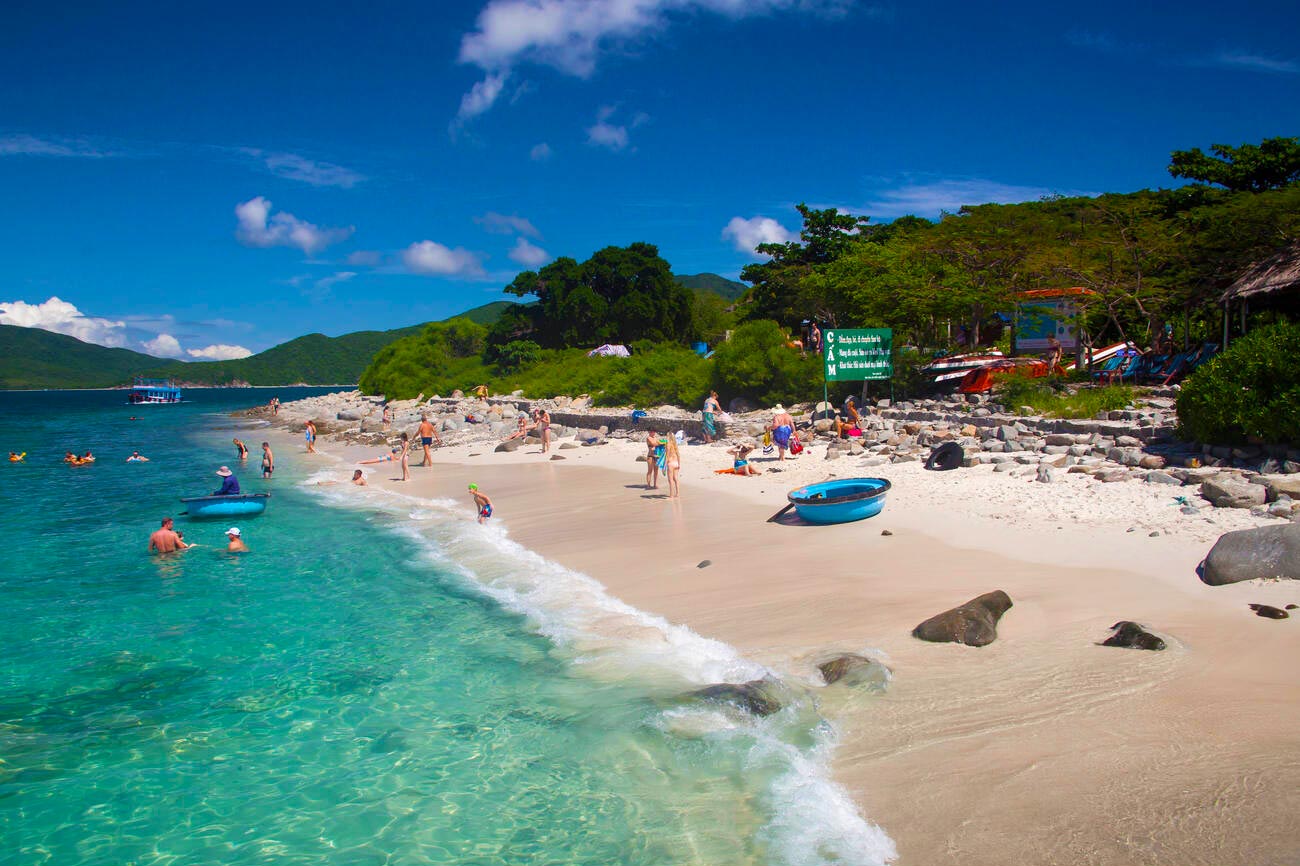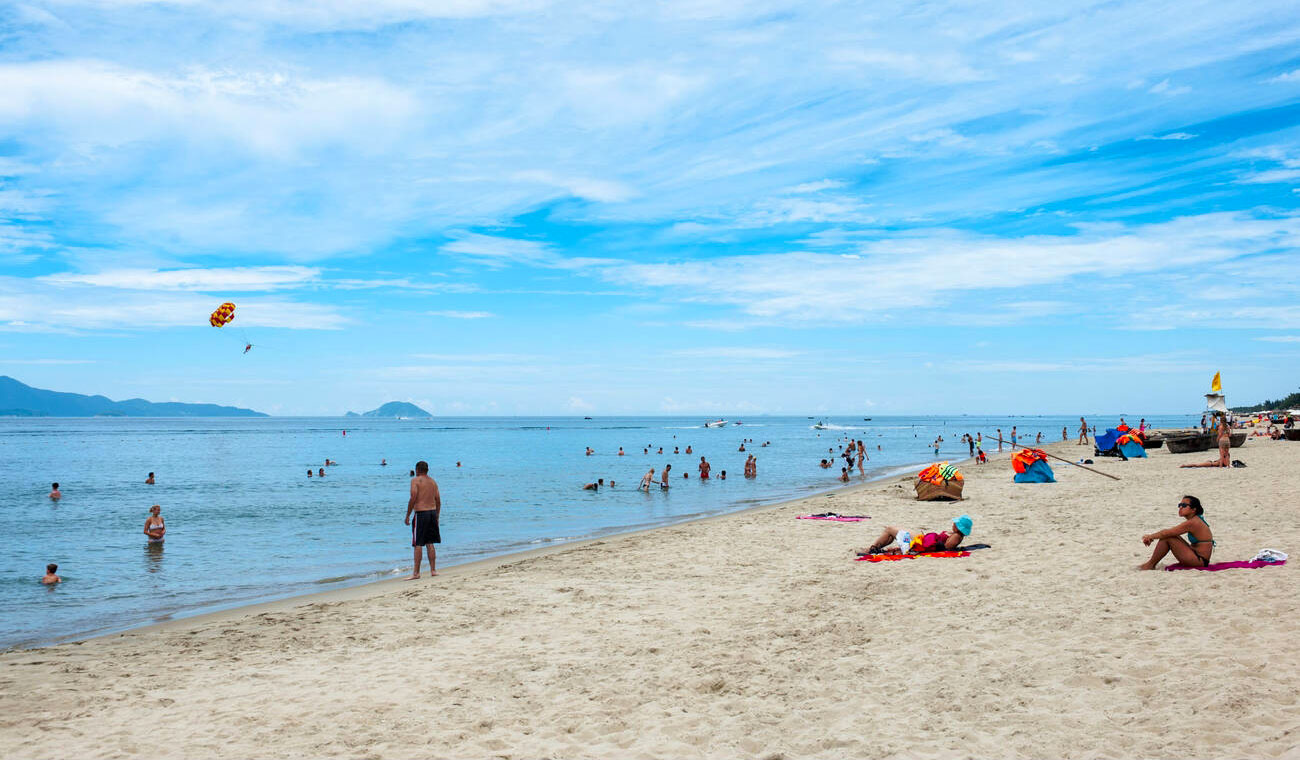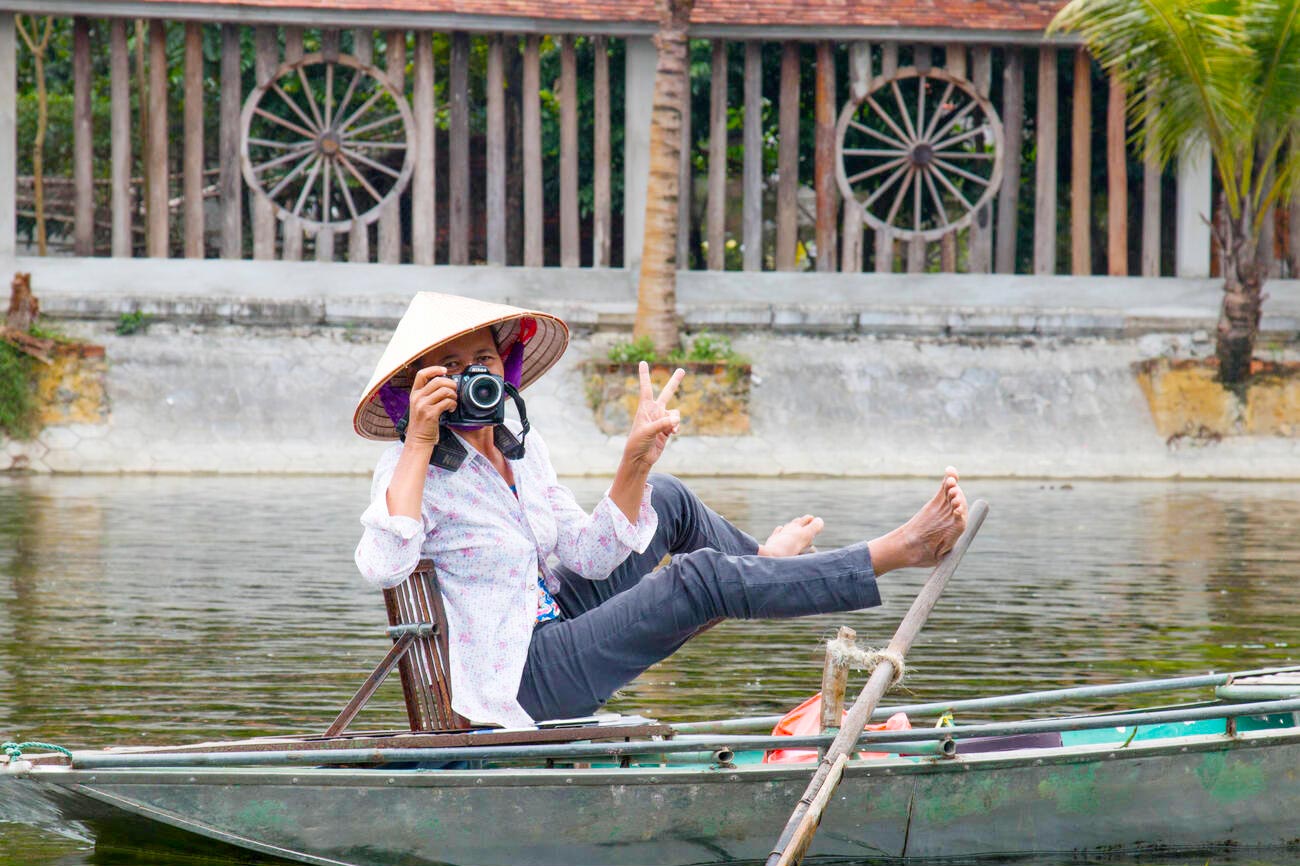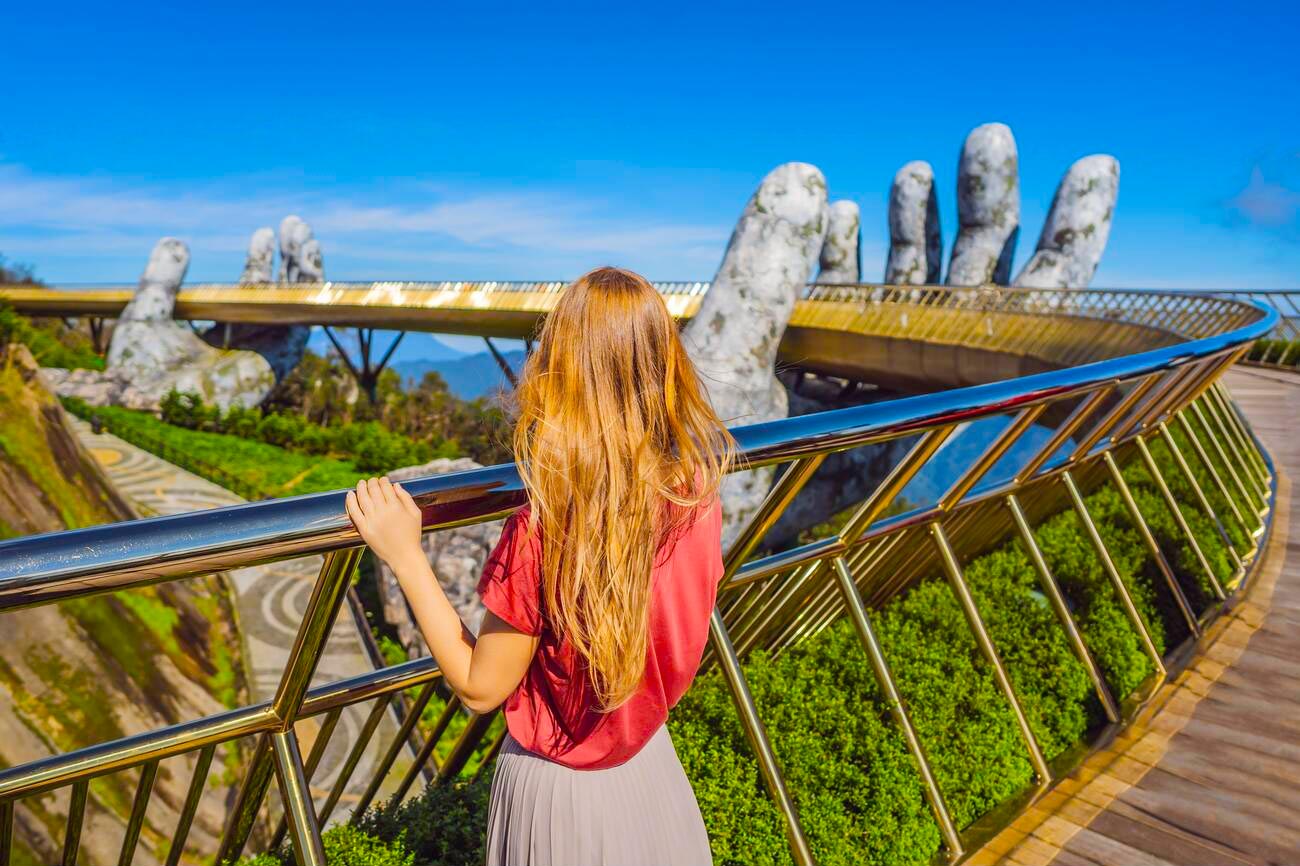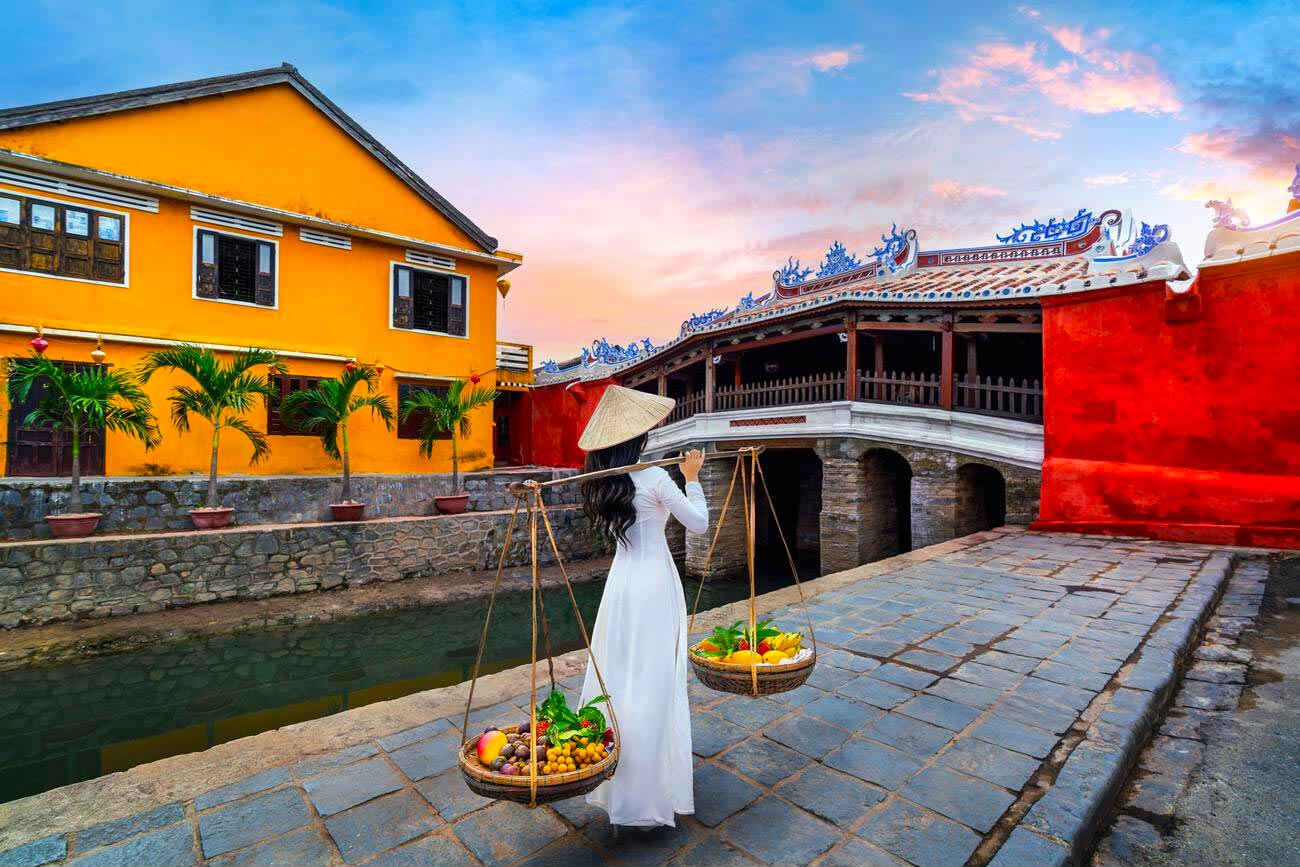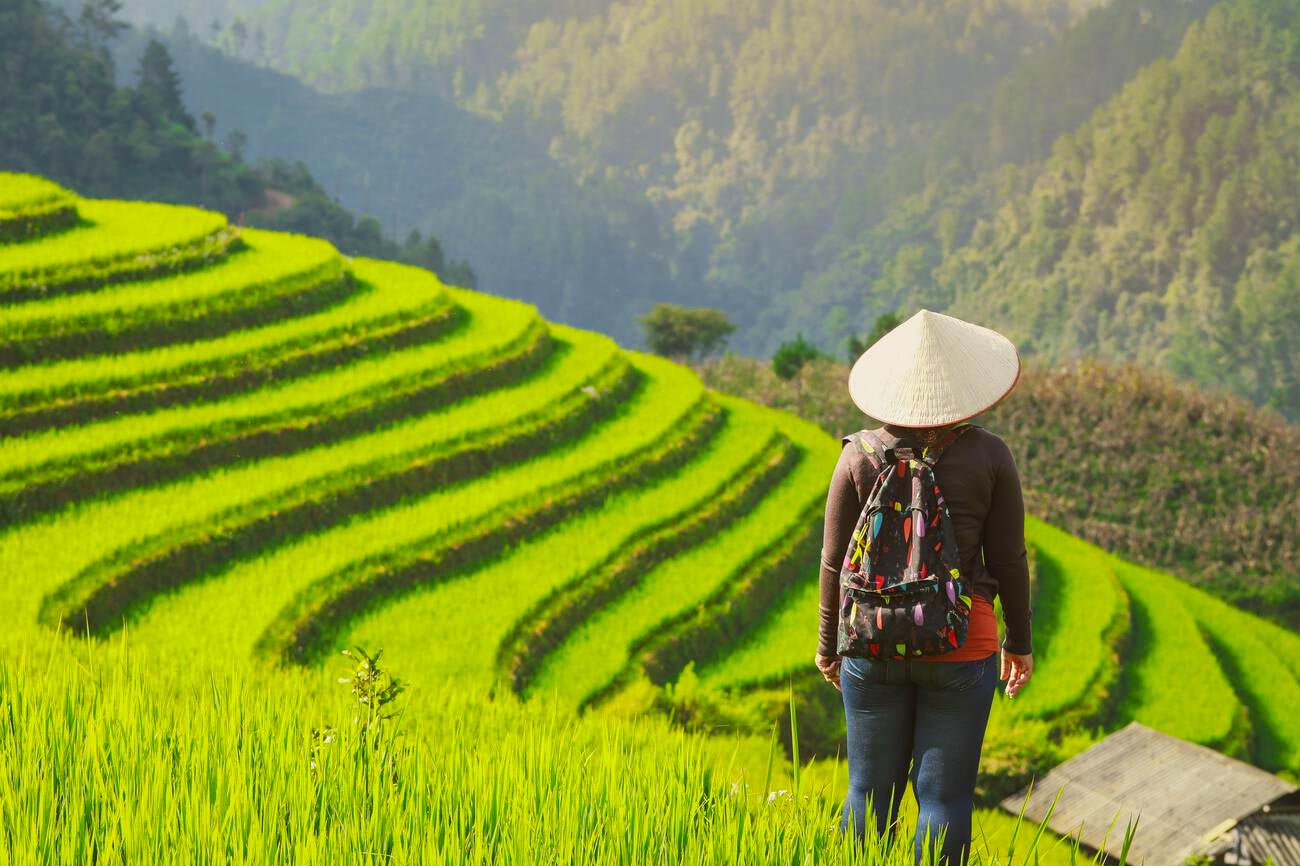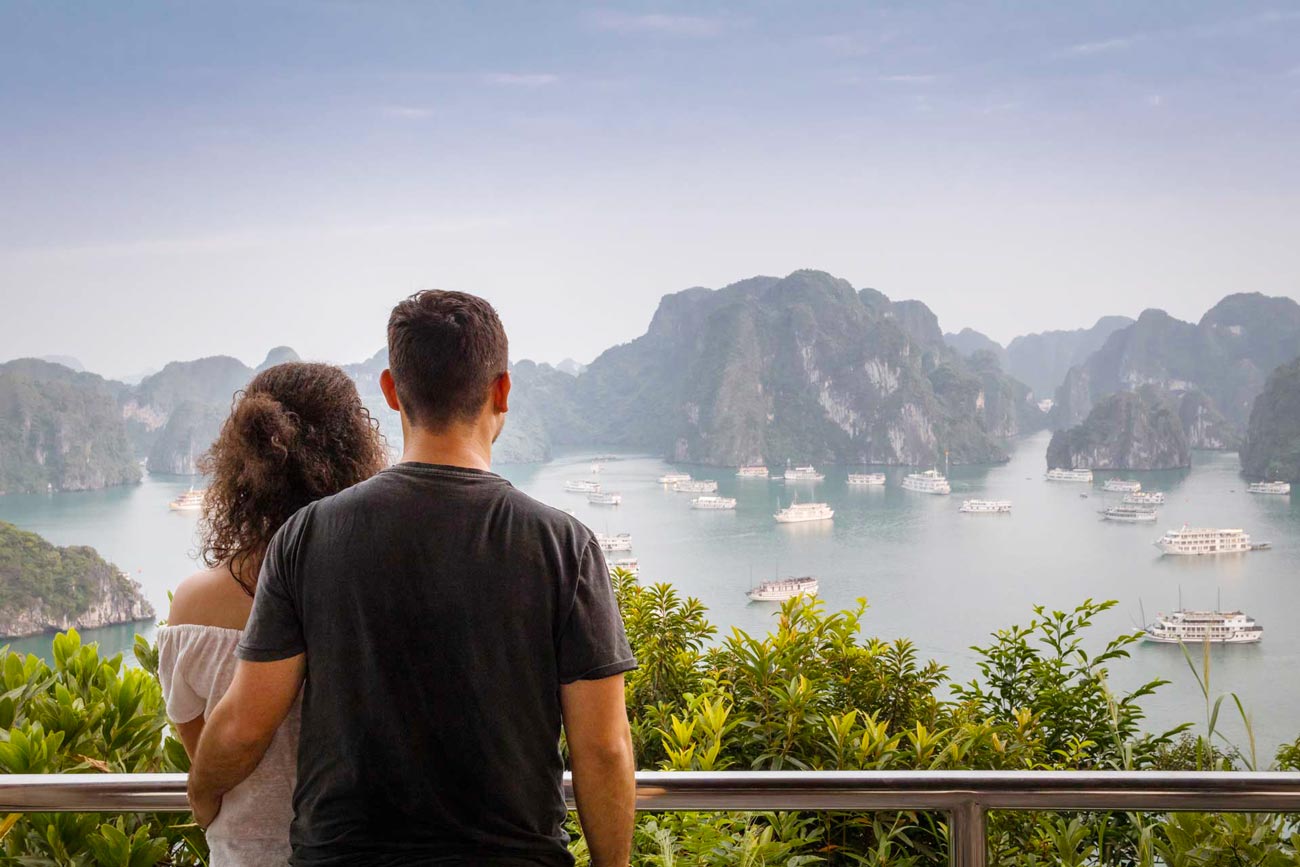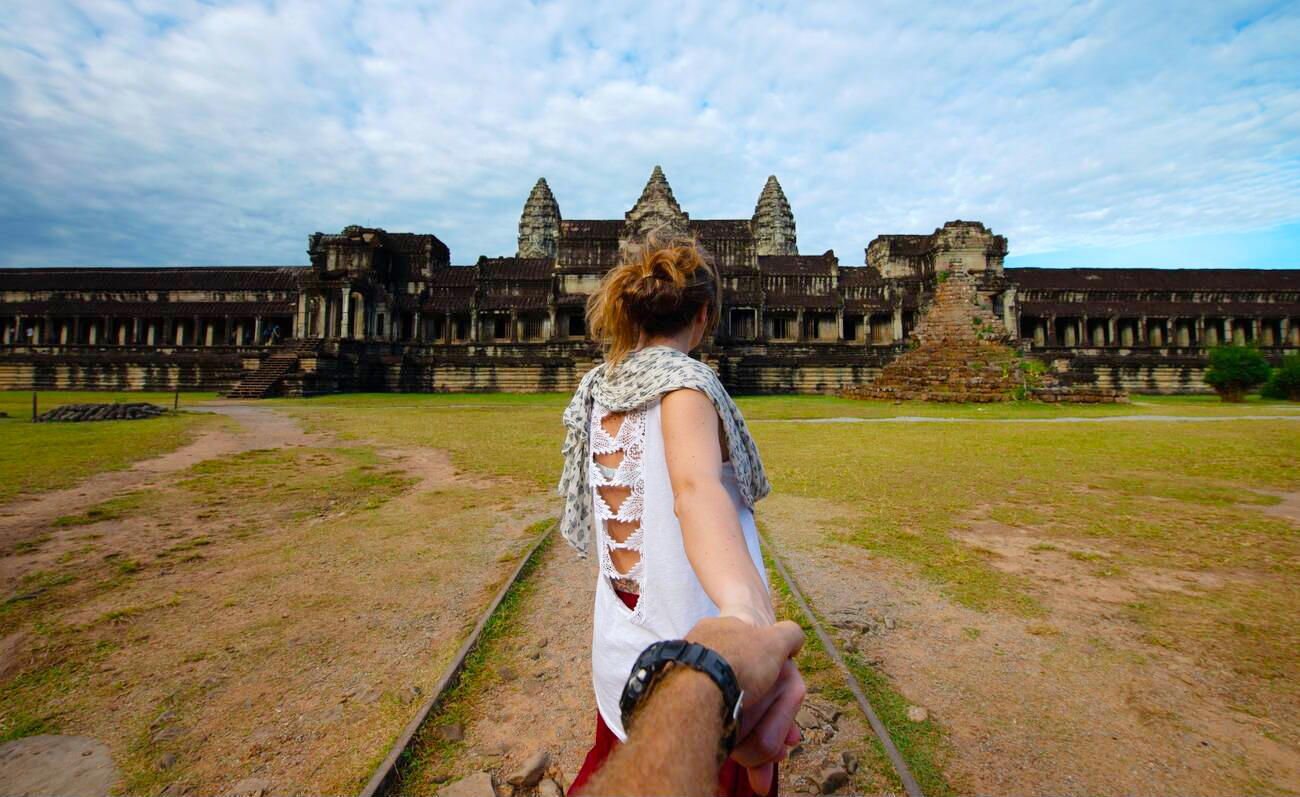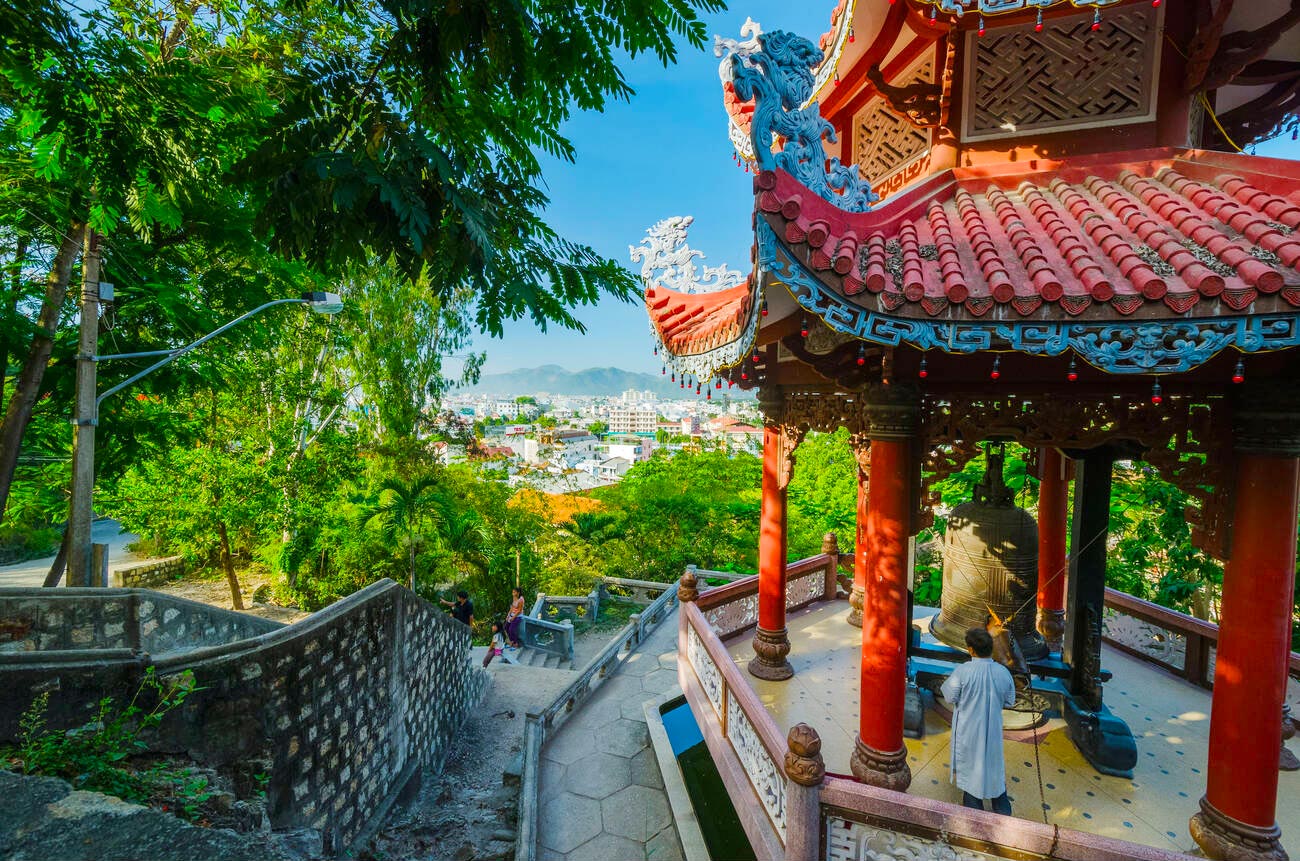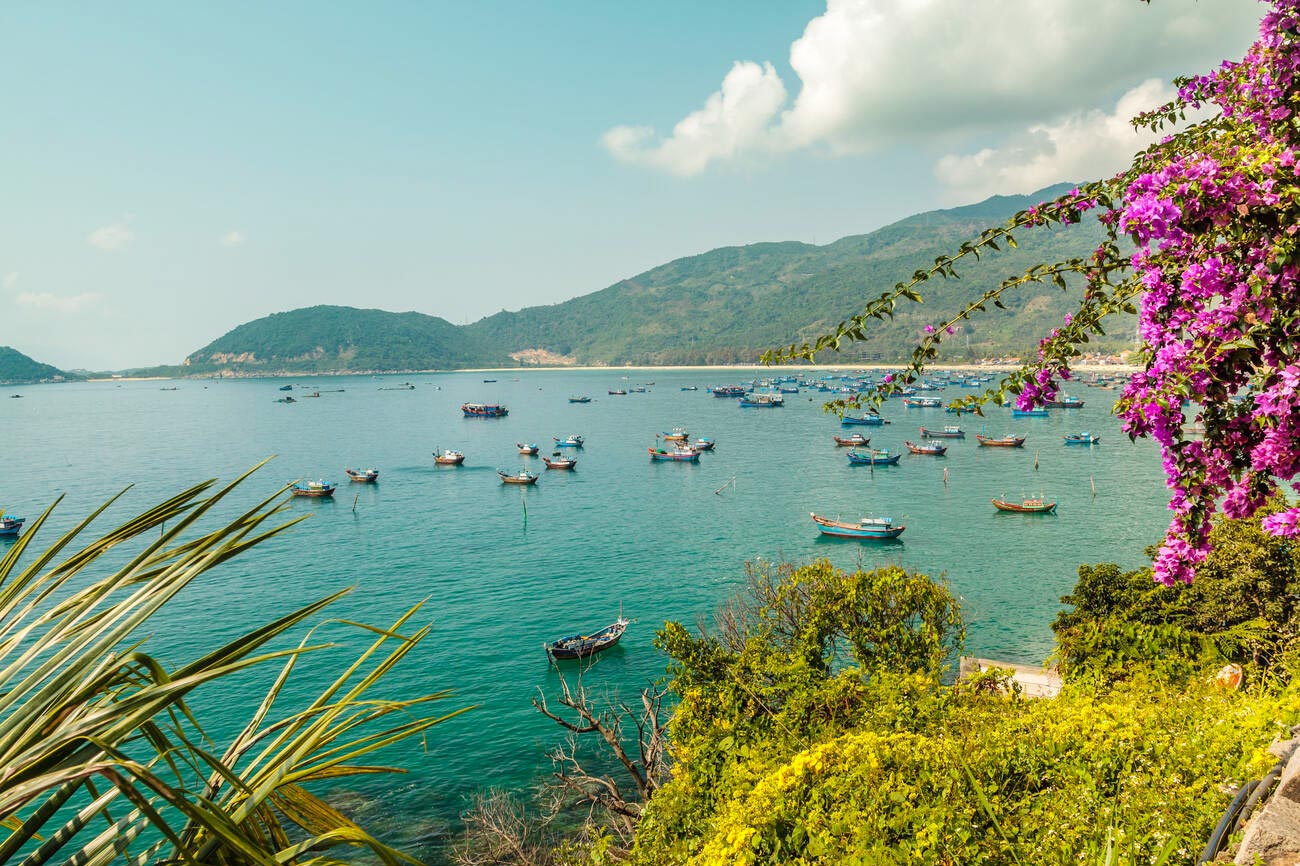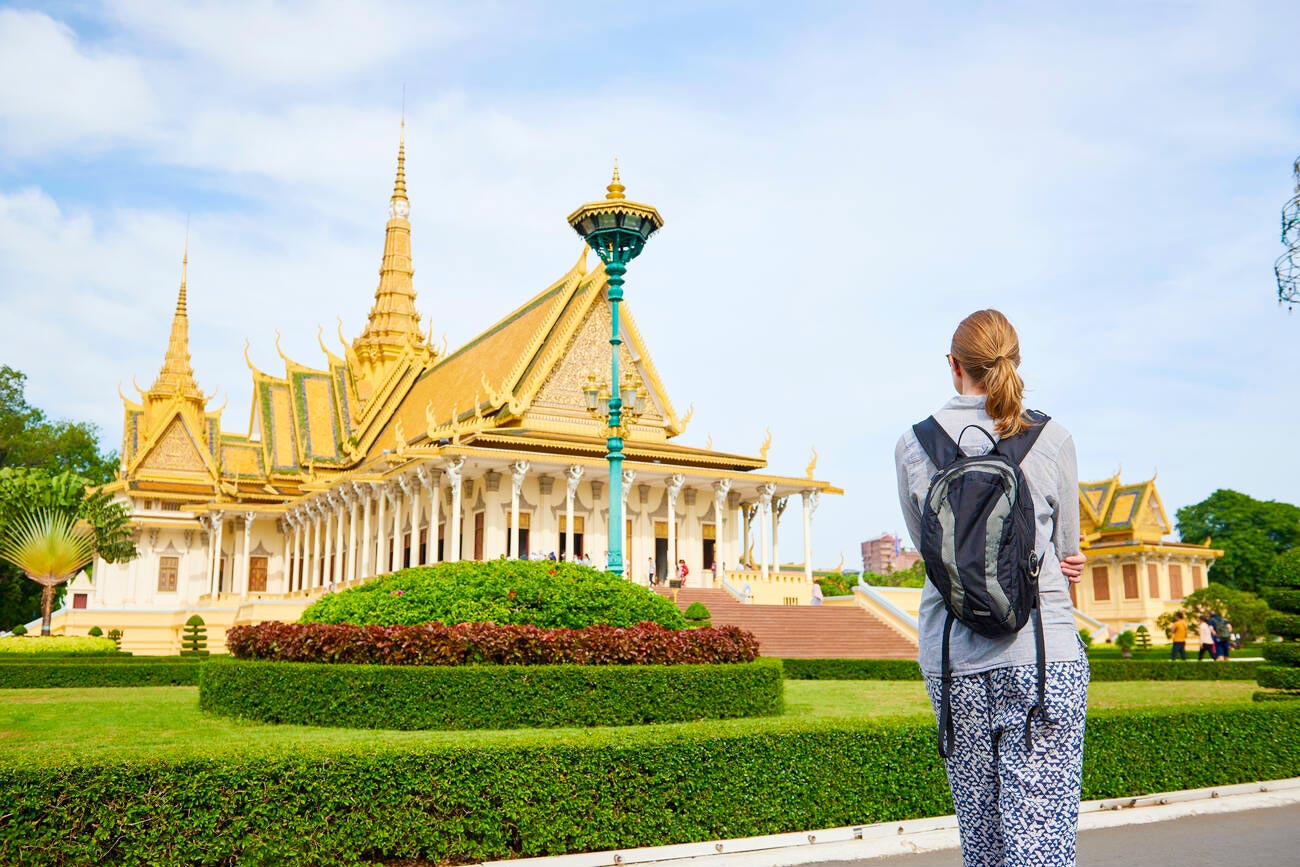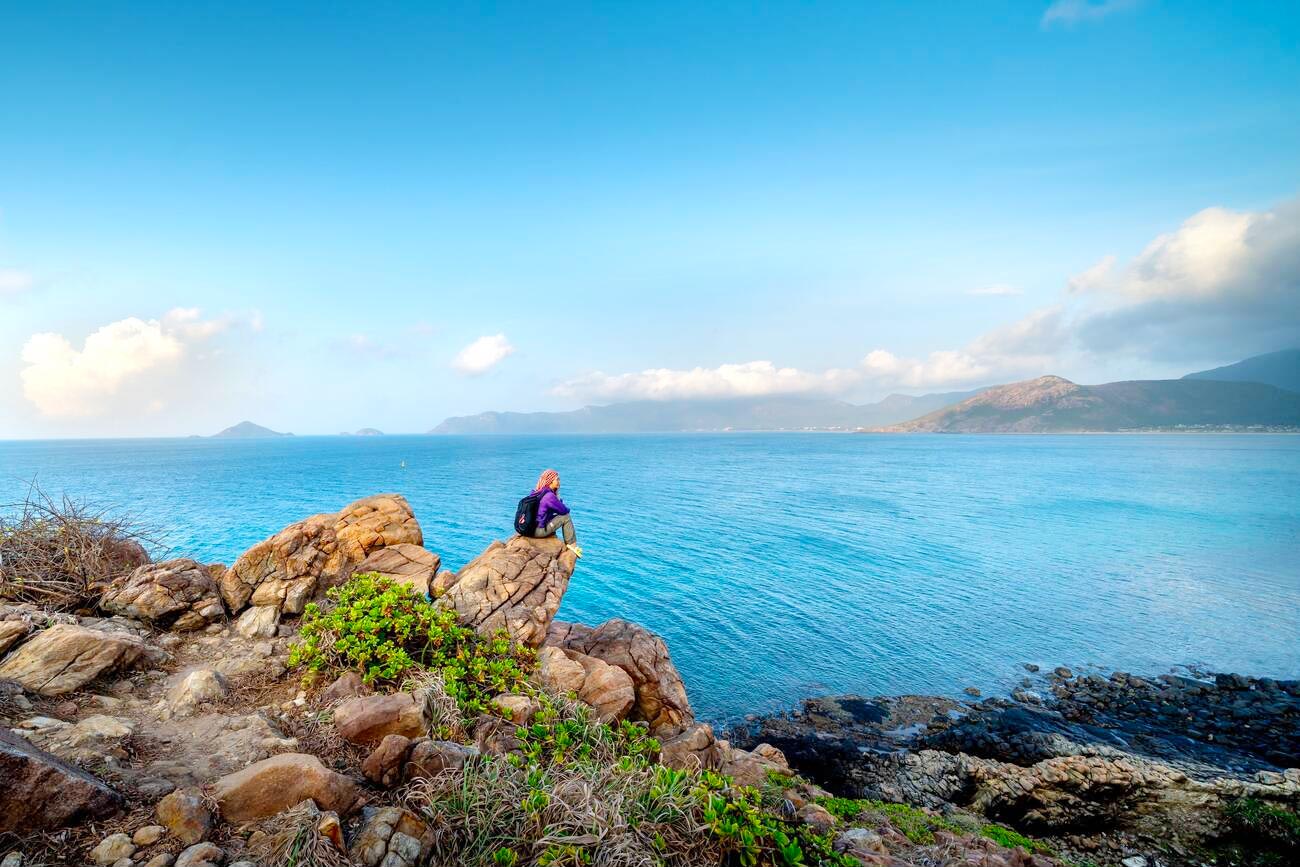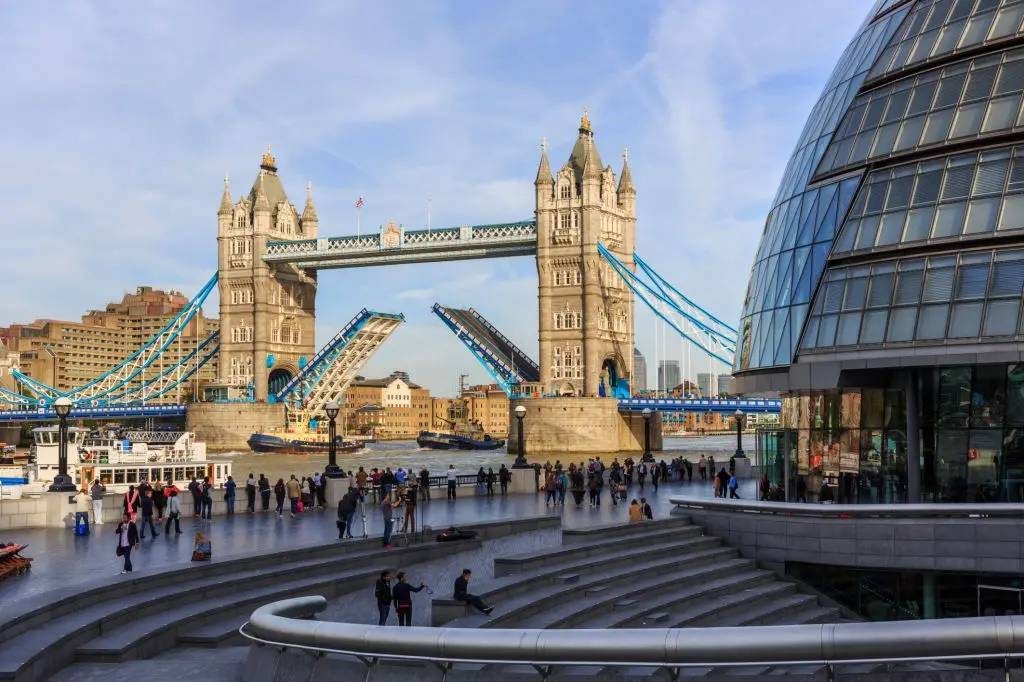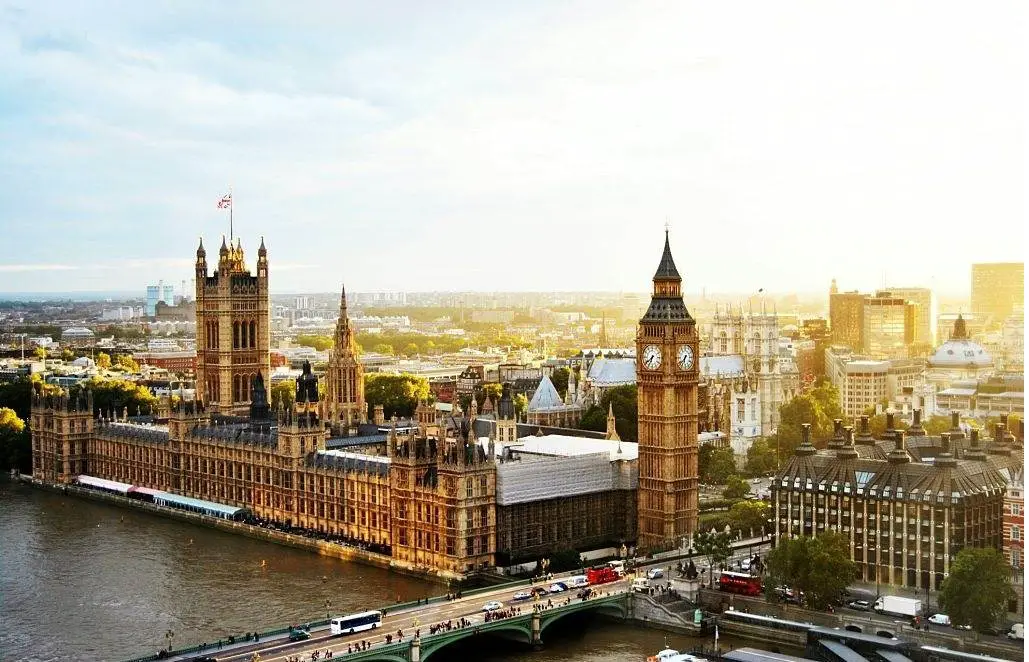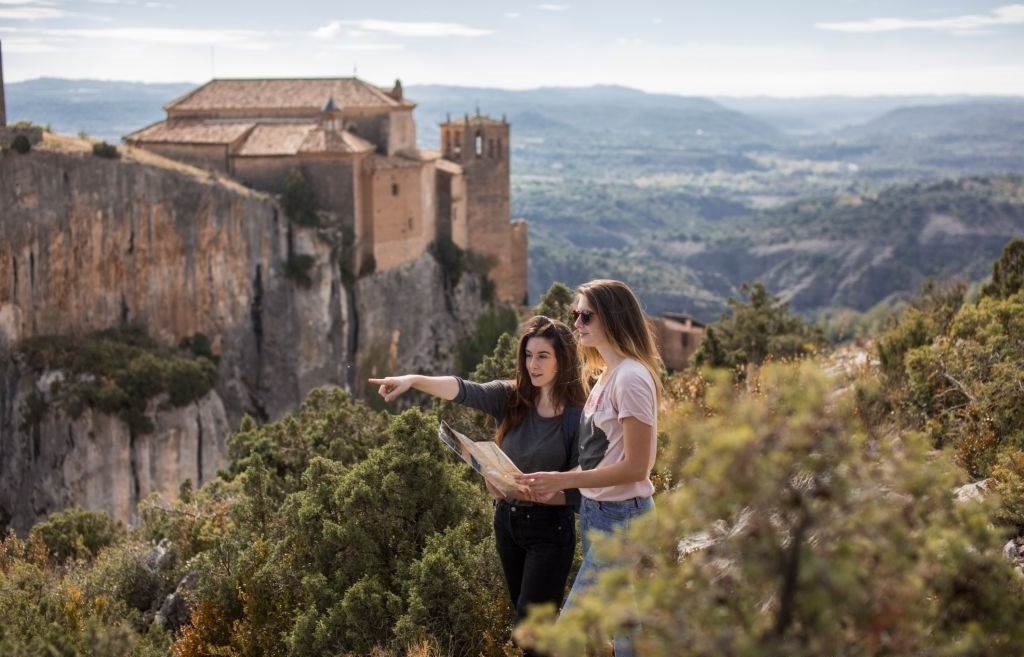Summary
- Thien Mu Pagoda, founded in 1601, is a historic Buddhist temple in Hue.
- The pagoda features the seven-story Phước Duyên Pagoda, a symbol of Hue.
- It played a key role in the 1963 Buddhist protests against the Diệm regime.
- Visitors can explore its architecture, spiritual sites, and participate in local rituals.
- Easily accessible, it is a must-visit attraction for cultural and spiritual insight.
Thien Mu Pagoda is a majestic testament to Vietnam’s rich cultural and spiritual heritage. Nestled on the western bank of the Perfume River in Hue, this iconic Buddhist temple attracts visitors from around the globe with its stunning architecture, historical significance, and serene ambiance. Whether you are a history enthusiast, a spiritual seeker, or a curious traveler, Thien Mu Pagoda offers an unforgettable experience that captures the essence of Vietnam’s enduring traditions.
Thien Mu Pagoda History
Thien Mu Pagoda, also known as Linh Mu Pagoda, was founded in 1601 by Lord Nguyen Hoang, the first governor of Thuan Hoa, present-day Hue. Lord Nguyen Hoang established the pagoda on the summit of a hill overlooking the Perfume River, intending to serve as a spiritual beacon for the region. The pagoda's establishment began a long-standing tradition of Buddhist practice and cultural development in Hue, reinforcing the city’s status as a center of Vietnamese spirituality and governance.
The origin of Thien Mu Pagoda is intertwined with a captivating legend about a celestial lady known as Thiên Mụ. According to local folklore, Thiên Mụ appeared to Lord Nguyen Hoang in a dream, foretelling that a pagoda built on the hill would bring prosperity and peace to the country. Inspired by this divine message, Lord Nguyen Hoang constructed the pagoda, believing it would serve as a sanctuary for the region's spiritual and temporal well-being. This legend adds a mystical dimension to the pagoda’s history and underscores its perceived role as a guardian of Hue’s prosperity.
Thien Mu Pagoda Architecture
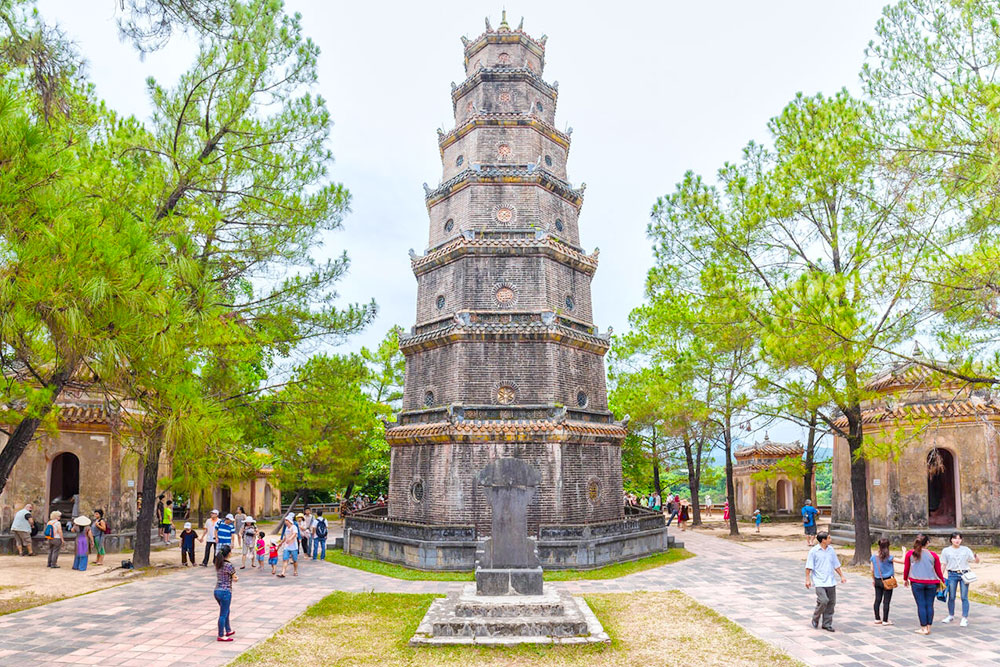
The centerpiece of Thien Mu Pagoda is the seven-story Phước Duyên Pagoda, completed in 1844 during the reign of Emperor Thiệu Trị. This towering structure exemplifies traditional Vietnamese Buddhist architecture and symbolizes the pagoda’s enduring legacy. Each of the seven stories is meticulously crafted, representing different aspects of Buddhist philosophy and serving as a spiritual guide for visitors ascending the pagoda. The Phước Duyên Pagoda’s height and intricate design make it a landmark visible from various points along the Perfume River, further cementing its status as an iconic symbol of Hue.
Thien Mu Pagoda boasts an octagonal architectural layout, a design choice that enhances both its aesthetic appeal and spiritual significance. The octagonal shape is emblematic in Buddhist architecture, symbolizing the Eightfold Path, central to Buddhist teachings. Each of the seven stories of the Phước Duyên Pagoda is dedicated to a different Buddha, creating a layered representation of Buddhist enlightenment and reverence. The pagoda’s harmonious blend of traditional motifs, ornate carvings, and towering presence exemplifies the craftsmanship and spiritual devotion preserved through centuries. Additionally, the pagoda complex includes various halls, pavilions, and gardens that provide visitors with a tranquil environment conducive to reflection and contemplation.
Cultural Significance of the Thien Mu Pagoda
Thien Mu Pagoda is more than just a religious site; it is an enduring symbol of Hue and, by extension, Vietnam. The pagoda embodies the city’s historical and cultural identity, representing the harmonious blend of spiritual devotion and royal patronage that characterized Hue’s role as the imperial capital. The pagoda’s prominence in local life and its representation in various forms of art and literature highlight its integral role in shaping the cultural landscape of Hue. As an unofficial symbol of the city, Thien Mu Pagoda attracts tourists and locals who view it as a source of pride and a testament to their rich heritage.
The beauty and serenity of Thien Mu Pagoda have inspired countless poets and storytellers, embedding it deeply into the fabric of local culture. Folk rhymes, poems, and songs frequently reference the pagoda, celebrating its architectural grandeur and spiritual significance. These literary works often depict the pagoda as a place of refuge, inspiration, and divine presence, reflecting the profound connection between the community and this sacred site. The pagoda’s influence extends beyond literature, permeating various cultural expressions and reinforcing its status as a cherished cultural landmark.
Political Role of the Thien Mu Pagoda
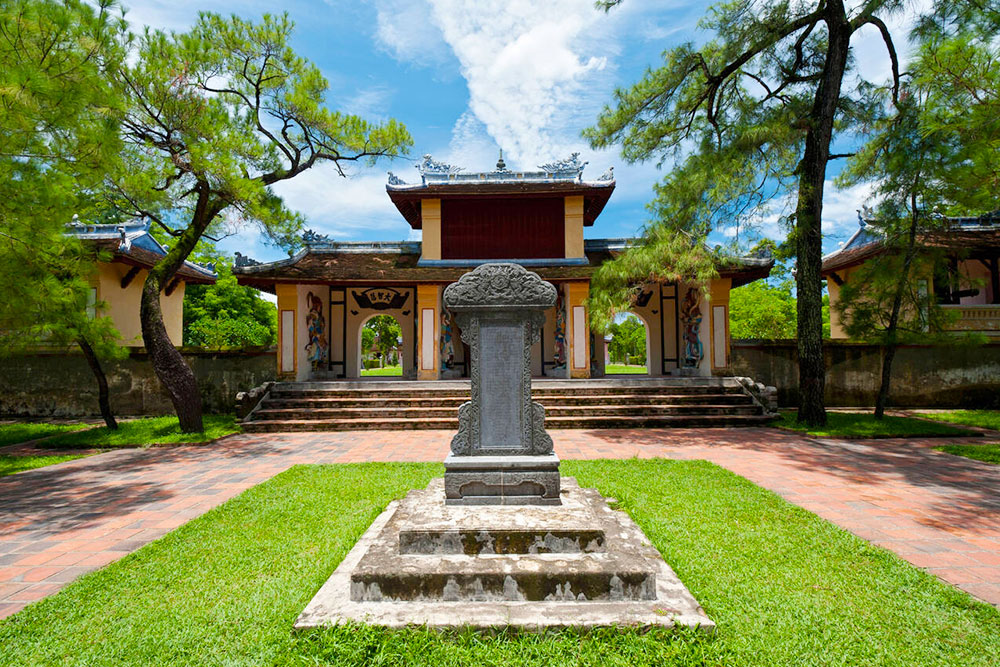
Thien Mu Pagoda has played a pivotal role in Vietnam’s political history, particularly during the Buddhist protests against the Ngô Đình Diệm regime in 1963. The pagoda became a central hub for monks and laypeople who organized hunger strikes and demonstrations demanding religious freedom and political reform. These protests were instrumental in galvanizing public opinion and highlighting the struggles faced by Buddhists under the oppressive regime. The pagoda’s role as a site of political activism underscores its importance as a spiritual center and a venue for social and political change.
Within the grounds of Thien Mu Pagoda lies the Austin car used by Thich Quang Duc during his self-immolation in 1963. Thich Quang Duc’s act of self-immolation was a powerful protest against religious persecution and remains a significant moment in Vietnam’s history. The presence of the Austin car at the pagoda serves as a poignant reminder of the sacrifices made in the pursuit of justice and religious freedom. This historical landmark attracts visitors who seek to understand the complex interplay between spirituality and politics in Vietnam’s past.
Thien Mu Pagoda Renovations and Damage
Over the centuries, Thien Mu Pagoda has undergone numerous expansions and renovations, particularly during the Nguyen dynasty. These modifications were driven by the need to accommodate an increasing number of devotees and to enhance the pagoda’s structural integrity. Each renovation phase introduced new architectural elements and artistic embellishments, reflecting the community's evolving tastes and spiritual needs. The pagoda’s ability to adapt and expand while maintaining its original essence is a testament to the enduring legacy of its founders and patrons.
Despite its sturdy construction, Thien Mu Pagoda has not been immune to the ravages of nature. Cyclones and other natural disasters have significantly damaged the structure, necessitating extensive reconstruction efforts. Notably, the early 20th century saw major restoration projects to repair storm damage and reinforce the pagoda’s foundations. These restoration endeavors have preserved the pagoda’s architectural integrity and ensured its continued prominence as a cultural and spiritual landmark.
Thien Mu Pagoda Tourism
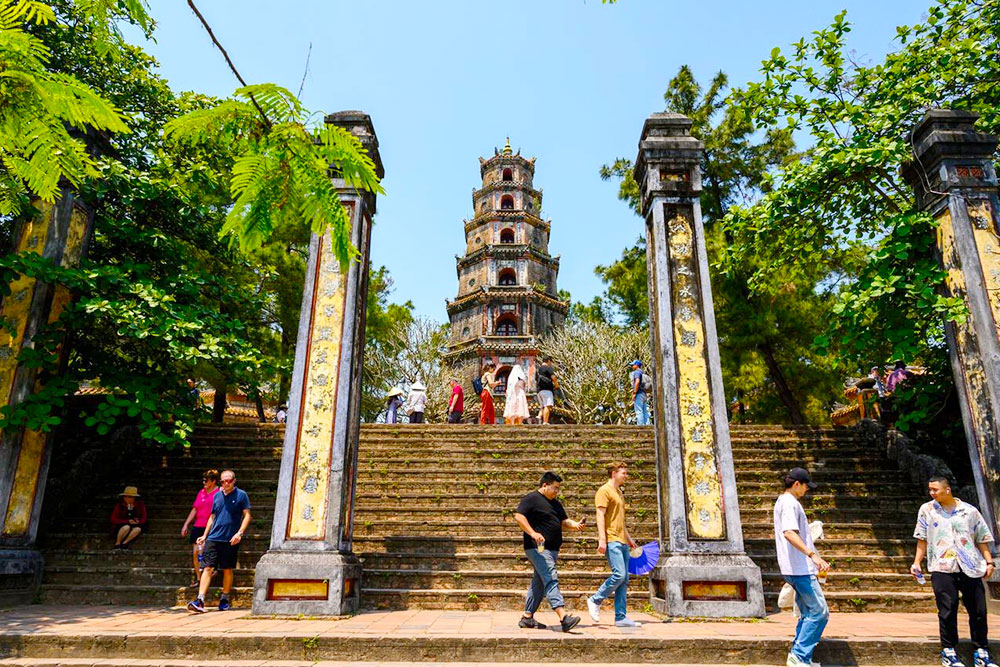
Thien Mu Pagoda is conveniently located approximately 5 kilometers from Hue city center, making it easily accessible by various modes of transportation. Visitors can reach the pagoda by car, boat, or bicycle, offering a unique perspective of the scenic Perfume River and the surrounding landscape. The accessible location ensures that local and international tourists can easily explore the pagoda, contributing to its popularity as a must-visit destination in Hue.
Tourism Recommendations
To fully appreciate the tranquility and beauty of Thien Mu Pagoda, it is recommended to visit early in the morning or the evening. During these times, the pagoda is less crowded, allowing for a more peaceful experience and the opportunity to observe the monks’ rituals and ceremonies without interruption. Visitors are encouraged to take leisurely walks around the pagoda’s gardens, participate in meditation sessions, and engage with the local community to gain deeper insights into the pagoda’s spiritual practices. Additionally, guided tours can enhance the visitor experience by providing historical context and detailed explanations of the pagoda’s architectural and cultural features.
Spiritual Aspects of the Thien Mu Pagoda
Thien Mu Pagoda serves as a vital spiritual center, housing a diverse array of Buddhist relics and statues, including the revered statue of Maitreya Buddha. The pagoda’s serene environment provides a sanctuary for meditation, prayer, and reflection, attracting local practitioners and international visitors seeking spiritual solace. The presence of numerous shrines, altars, and sacred objects within the pagoda complex underscores its role as a place of worship and spiritual enrichment. Visitors often leave offerings and participate in religious ceremonies, contributing to the ongoing spiritual life of the pagoda.
The pagoda is deeply involved in traditional monastic practices, including the vipassana retreat, a period of intensified meditation and study for Buddhist monks. These retreats are integral to the spiritual development of the monks and serve as a means of preserving and transmitting Buddhist teachings. Thien Mu Pagoda also hosts various cultural and religious festivals throughout the year, celebrating significant events in the Buddhist calendar and fostering a sense of community among devotees. These practices not only reinforce the pagoda’s spiritual significance but also ensure the continuity of cultural traditions that have been passed down through generations.
Nearby Attractions of Thien Mu Pagoda
Hue is a city rich in history and culture, and Thien Mu Pagoda is ideally situated near several other significant attractions. The Imperial City, a UNESCO World Heritage Site, offers a glimpse into Vietnam’s imperial past with its palaces, temples, and gardens.
The Perfume River is a scenic waterway providing opportunities for boat tours and strolls along its banks. Additionally, visitors can explore local markets, museums, and traditional crafts shops in Hue, making it easy to combine a visit to Thien Mu Pagoda with other cultural experiences in the region.
Conclusion
Thien Mu Pagoda is a jewel in Hue’s crown, embodying the city’s spiritual depth, historical significance, and architectural beauty. Its rich history, captivating legends, and enduring cultural influence make it a must-visit destination for anyone traveling to Vietnam. Whether you are drawn by its spiritual allure, architectural splendor, or historical importance, Thien Mu Pagoda offers a profound and memorable experience that resonates with the soul.
Don’t let the moment slip by to secure our bespoke Vietnam tours and elevate your travel journey. By choosing our tours, you can explore the beautiful nation's magnificent landscapes, rich cultural history, and impressive attractions, resulting in unforgettable experiences.

